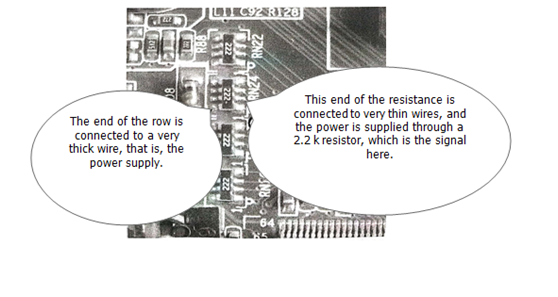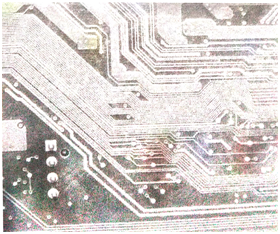What's the difference between power supply and signals on the motherboard?
On the motherboard, there's a 5V voltage in some places, and we call it 5V power supply.In other places, it also has a 5V voltage, but we call it a signal, so what's the difference between them?
Power supply is a voltage that can output current. The current ratio is high. During operation, this voltage may not be set up or lowered. If the power supply is pulled down, it is a short circuit. In general, setting up height is also not allowed.
In theory, the signal only takes into account voltage changes and the current is very small. During the operation of the motherboard, the signal will be pulled down or elevated at any time as needed.
For example, the ATX power supply is controlled by the green line: when the green line is high level, the power does not work; when the green line is low level, the power works and outputs the power supply. The green line is a control signal PSON#.
In mainboard lines, the thicker lines are the power supply or ground lines, and the finer ones are the signals, as shown in figure 1.


Fig.1 Power supply and signal line
This article is from Allicdata Electronics Limited. Reprinted need to indicate the source.

